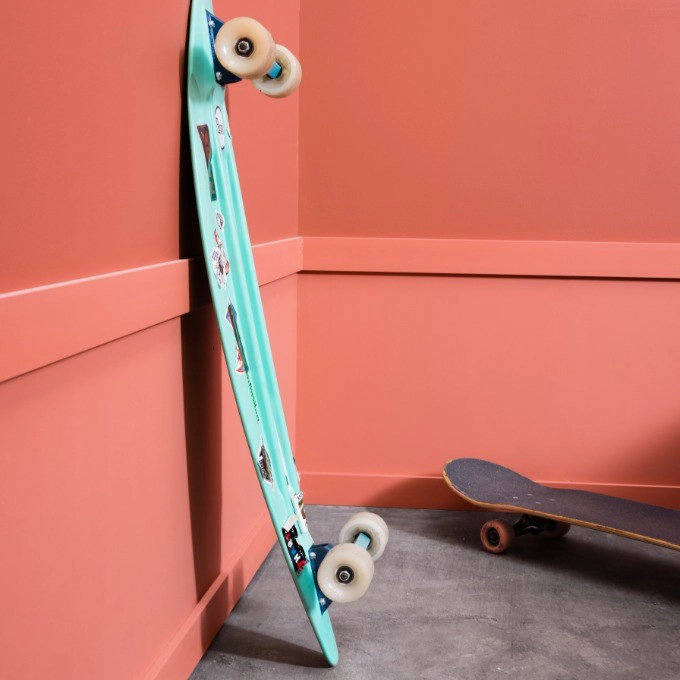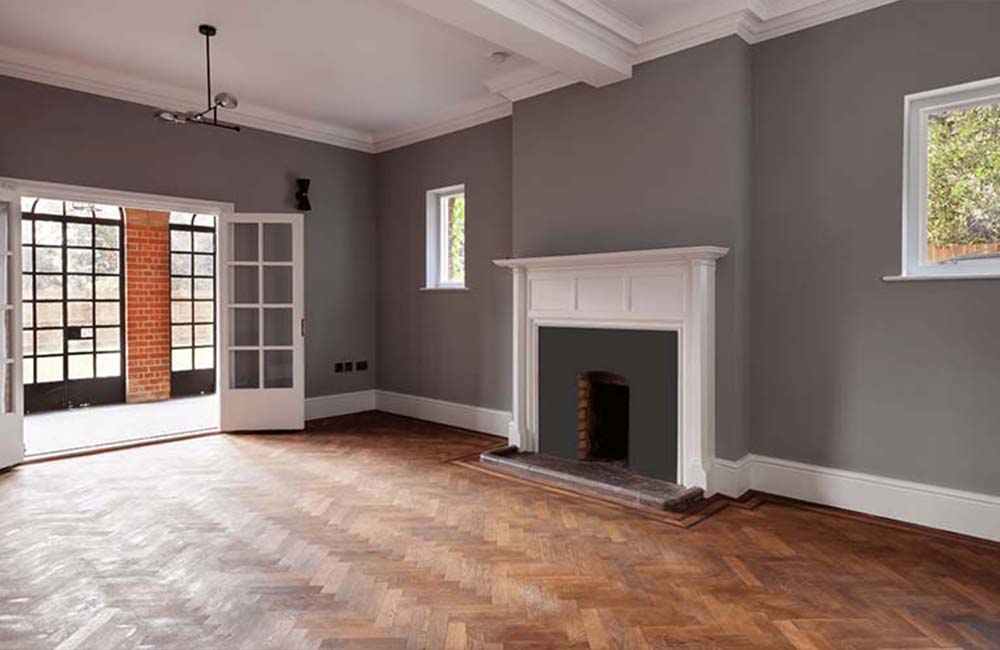blog
Installing Coving on Uneven Walls or Ceilings
Coving installation is a popular choice for adding elegance and style to interiors. It creates a smooth transition between walls and ceilings while enhancing the overall aesthetic of a room. However, many homeowners face the challenge of installing coving on uneven walls or ceilings, which can be daunting without the right techniques and tools. In this article, we will explore how to successfully install coving on uneven surfaces, ensuring a flawless finish that elevates your space.
Understanding Coving
Before diving into the installation process, it’s important to understand what coving is. Coving is a type of architectural moulding that curves smoothly from the wall to the ceiling, replacing sharp corners with soft, rounded edges. This decorative feature can be made from various materials, including plaster, polyurethane, and polystyrene. Choosing the right type of coving for your project is essential for achieving the desired look and ensuring compatibility with your existing wall and ceiling structures.
Assessing the Walls and Ceilings
Before you start the installation process, it’s vital to assess the condition of your walls and ceilings. Look for any unevenness, bumps, or dips that may affect the fitting of the coving. Here’s how to effectively evaluate the surface:
- Use a Level: Place a spirit level against the wall and ceiling to identify any significant discrepancies. This tool will help you determine how much adjustment is needed during the installation.
- Check for Damage: Inspect the walls and ceilings for any damage, such as cracks, holes, or peeling paint. Repairing these issues beforehand will ensure a better fit for the coving.
- Measure the Length: Accurately measure the perimeter of the room to determine how much coving you’ll need. Be sure to account for corners and any irregularities.
Preparing for Installation
Once you’ve assessed your walls and ceilings, it’s time to prepare for the installation process. This involves gathering the right tools and materials, as well as preparing the surfaces where the coving will be applied.
Tools and Materials Needed:
- Coving: Choose your desired material (plaster, polyurethane, etc.).
- Adhesive: Select a strong adhesive appropriate for your chosen coving material.
- Caulk: Use caulk to fill gaps and ensure a smooth finish.
- Cutting Tools: A mitre saw or a coping saw will help you cut the coving to the appropriate lengths.
- Measuring Tape: For accurate measurements.
- Spirit Level: To check for evenness.
- Clamps: These can hold coving pieces in place while the adhesive sets.
- Sandpaper: To smooth any rough edges.
- Pencil: For marking measurements and cut lines.
Surface Preparation:
- Clean the Walls and Ceilings: Ensure that the surfaces are clean and free from dust, grease, or old adhesive residue. This will allow the new adhesive to bond more effectively.
- Repair Any Imperfections: Use filler to repair any significant imperfections in the wall or ceiling. Sand these areas down once they are dry to create a smooth surface.
- Prime the Surfaces: If necessary, apply a primer to the areas where you’ll be installing the coving. This helps the adhesive bond better.
Installing Coving on Uneven Walls and Ceilings
Now that you’re prepared, you can begin the installation process. Here’s a step-by-step guide to help you install coving on uneven walls or ceilings.
Step 1: Measure and Cut the Coving
Start by measuring the lengths needed for each section of coving. Use a measuring tape to determine the precise lengths and mark these on the coving itself.
- Mitre Cuts: For corners, you will need to make mitre cuts. These cuts should be at a 45-degree angle to ensure that the coving pieces fit together seamlessly at the corners.
- Coping: In cases where the walls are particularly uneven, coping might be a better option. This involves cutting the profile of one piece to fit snugly against the profile of the adjacent piece, accommodating any irregularities in the walls.
Step 2: Dry Fit the Coving
Before applying any adhesive, dry fit the coving to ensure it fits correctly against the walls and ceilings. This is your opportunity to make any adjustments before the adhesive sets.
- Check for Gaps: Look for any gaps that may occur due to uneven surfaces. If gaps are noticeable, you may need to trim the coving or adjust its position.
Step 3: Apply the Adhesive
Once you’re satisfied with the dry fit, it’s time to apply the adhesive.
- Adhesive Application: Use a caulking gun to apply a generous bead of adhesive along the back of the coving. Make sure to cover the entire length to ensure a strong bond.
- Secure in Place: Press the coving firmly against the wall and ceiling. Hold it in place for a few moments to allow the adhesive to begin to set.
Step 4: Use Clamps for Support
For added support, especially on uneven walls, consider using clamps to hold the coving in place while the adhesive cures. This is particularly useful for longer pieces that may want to sag under their weight.
Step 5: Fill Gaps with Caulk
After the adhesive has set (follow the manufacturer’s instructions for drying time), inspect the joints and edges for any gaps. Use a caulk gun to fill these gaps with caulk, ensuring a smooth and professional-looking finish.
- Smoothing the Caulk: Use your finger or a caulking tool to smooth out the caulk for a neat appearance. Wipe away any excess with a damp cloth.
Step 6: Final Touches
Once the caulk has dried, you can proceed with finishing touches:
- Sanding: Lightly sand any rough edges or seams to create a seamless transition.
- Painting: If desired, paint the coving to match your room’s decor. Make sure to use a primer if painting over unpainted coving.
Tips for Success
- Take Your Time: Installing coving can be a meticulous process, especially on uneven walls. Take your time to ensure a perfect fit.
- Ask for Help: If you’re unsure about your DIY skills, consider hiring a professional to assist with the installation. It may save time and ensure a better finish.
- Practice on Scrap Pieces: If you’re new to coving installation, practice cutting and fitting on scrap pieces before tackling the final installation.
Connect With Us Today!
Installing coving on uneven walls or ceilings may seem like a challenging task, but with the right techniques, tools, and preparation, you can achieve stunning results. By following the steps outlined in this guide, you can ensure a seamless installation that enhances the elegance of your space. Whether you choose plaster, polyurethane, or any other material, coving can transform your interiors and create a polished finish that adds value to your home.
For expert assistance and a wide selection of coving options, contact Coving Online today! Our team is ready to help you find the perfect solution for your home.
FAQs
- What tools do I need to install coving?
Essential tools include a measuring tape, spirit level, mitre saw, caulking gun, clamps, and adhesive. - Can I install coving on my own?
Yes, with the right tools and instructions, you can install coving as a DIY project. However, professional help is recommended for complex designs. - How do I choose the right coving for my home?
Consider your interior style, the material you prefer, and whether the coving will fit the height and proportions of your room. - Is coving suitable for kitchens and bathrooms?
Yes, especially materials like polyurethane, which are moisture-resistant and durable. - Can I paint coving?
Yes, most coving materials can be painted to match your interior decor. - How do I repair damaged coving?
Repair can involve filling cracks with caulk or replacing sections. In severe cases, you may need to remove and reinstall the affected area. - What is the average cost of coving installation?
Costs vary widely based on material, length, and complexity. It’s best to get a quote from a professional installer. - How long does coving installation take?
Installation time depends on the project size but generally takes a few hours to a day. - Can coving help with sound insulation?
Yes, certain materials, like plaster, can enhance sound insulation in a room. - How do I remove old coving?
To remove old coving, carefully cut the adhesive with a utility knife, then gently pry it away from the wall.


